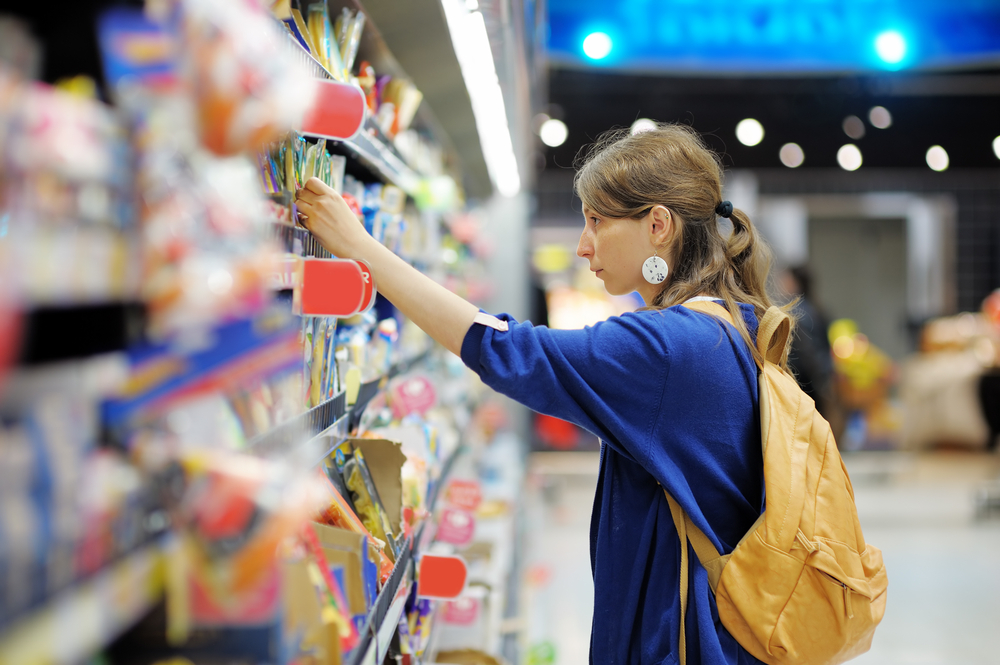Living in the Netherlands has never been considered cheap. Now, with rising inflation, groceries have become 11.2% more costly than in 2021.
According to the Central Bureau of Statistics (CBS), the average Dutch person already spends 11% of their earnings on food.
As groceries consist of a large part of people’s spending, the increased prices will impact consumers hard, reports RTL Nieuws.
Increased prices
So which products are we talking about exactly? The biggest contenders for the highest price increases are meat, fish, and dairy — so, basically the Dutch’s favourite foods.
Buying meat has become 16% more expensive, whereas fish now costs 11% more and dairy 14%. Now, that’s duuuuuur! (expensive!)
READ MORE | Inflation in the Netherlands rises to nearly 12% in record time
Frank Notten — economist at CBS — tells RTL Nieuws that “the fact that food prices are now rising so fast indicates that inflation is becoming widely visible in the economy”. In other words, inflation is going to start hurting real bad, and soon.
High costs linked to energy
In 2021, gas prices became eight times more expensive than the previous year. However, in 2022, the situation has worsened as the Netherlands attempts to cut its ties with Russian gas due to recent escalations with Ukraine.
There are two main energy-related reasons that explain why food costs have risen so much in the past year.
First, it’s linked to the energy used in the production of food. And then, transporting food supplies to the supermarkets also requires energy, like Diesel or petrol.
There’s no sugar coating it, things are rough. For now, at least we can say that the increase in food cuts in the Netherlands is somewhat lower than the average in the European Union.
How have you been dealing with inflation this year? Tell us your experiences in the comments below!



